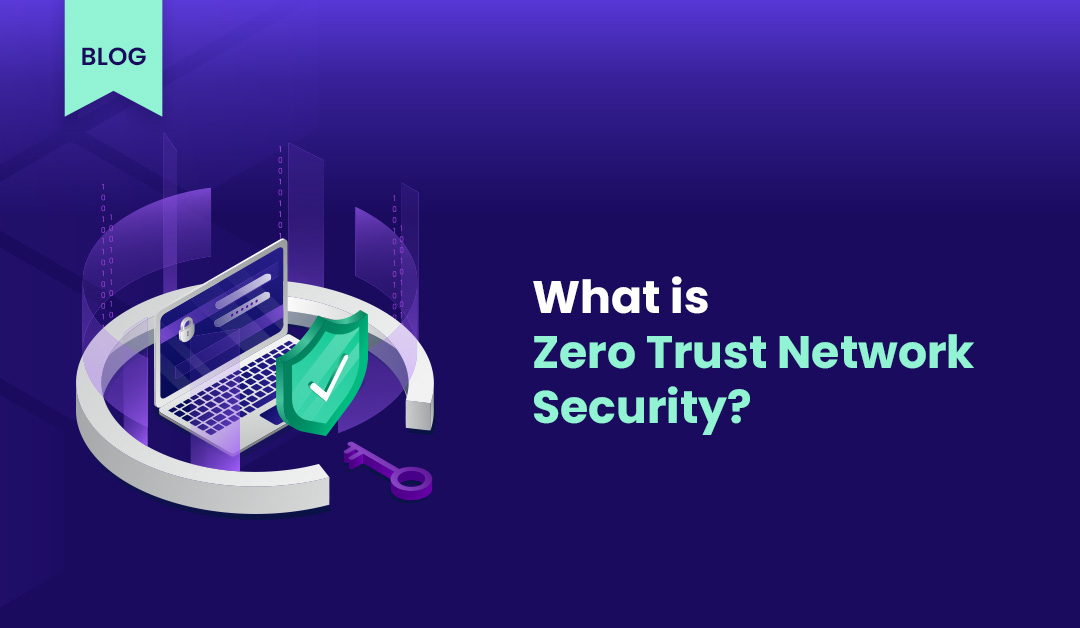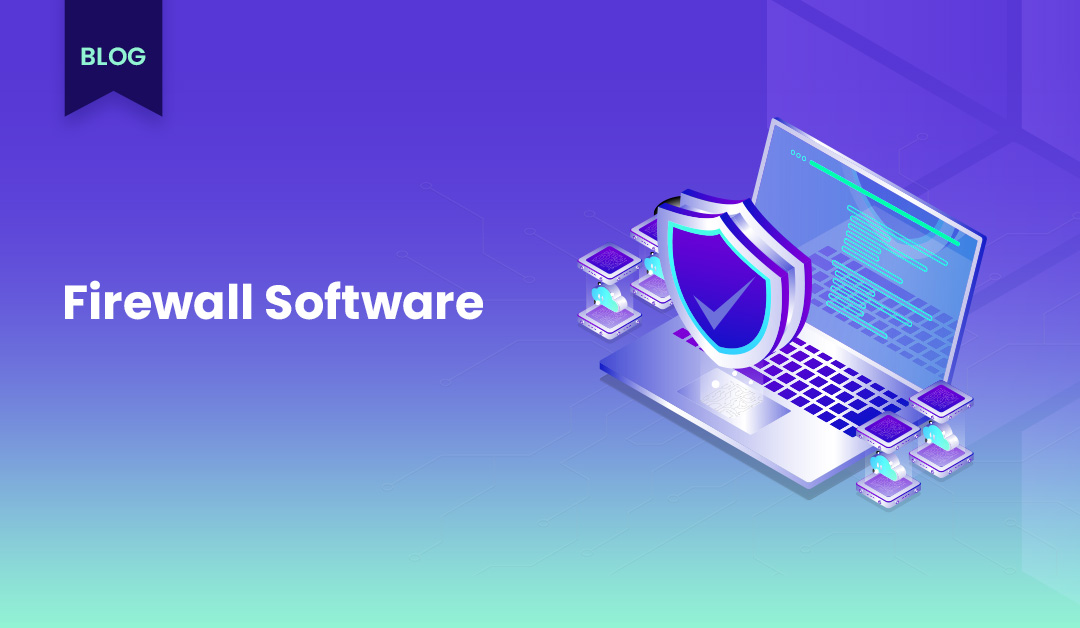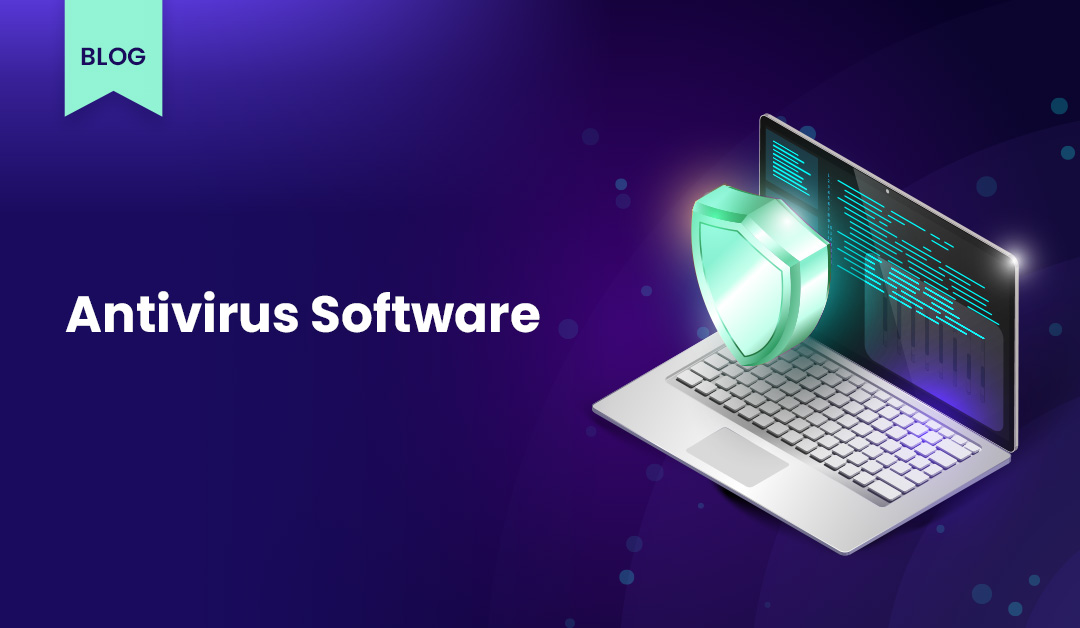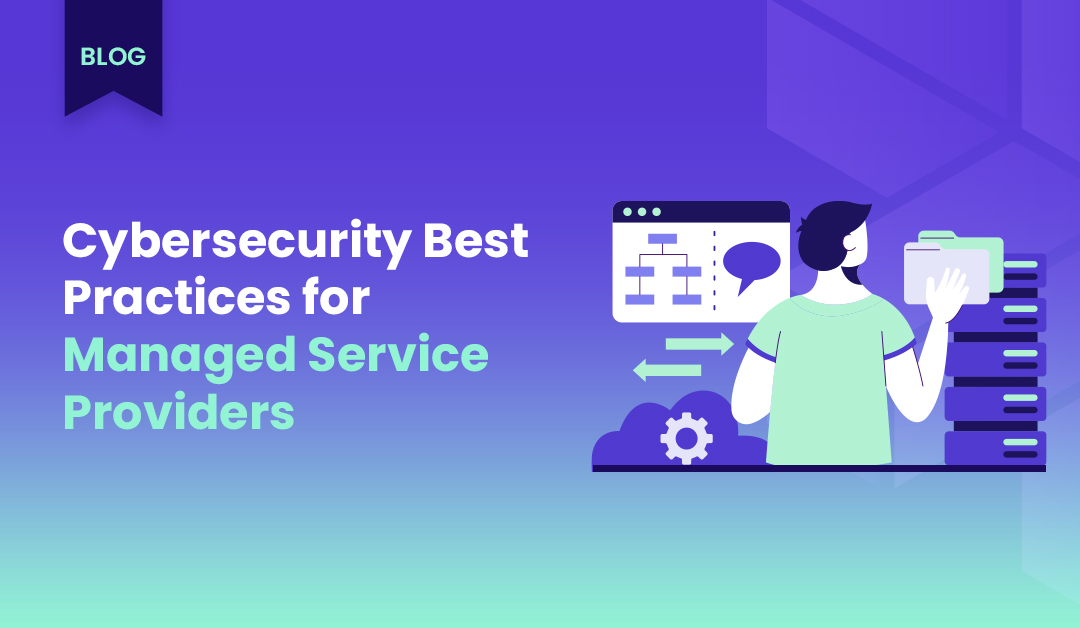What is SASE? | Learn more about secure access service edge model
Secure Access Service Edge, also known as SASE, is a state-of-the-art cybersecurity technology, used to reliably deliver a wide area network (WAN) through an advanced cloud computing framework.
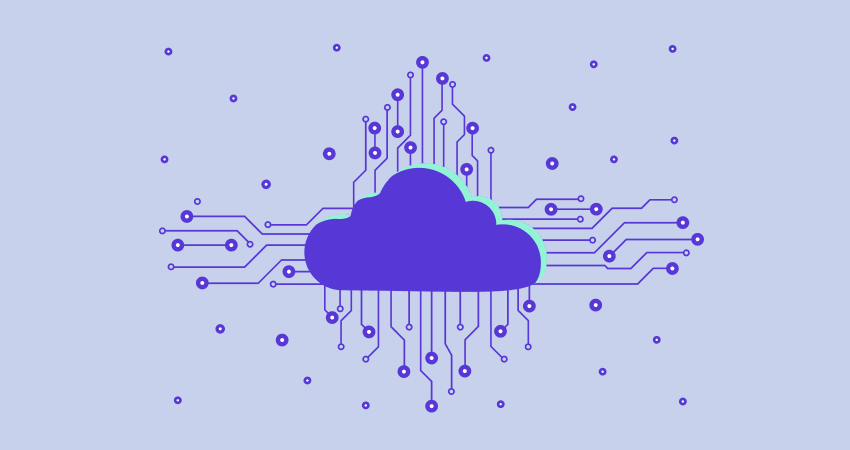

16 May 2022
The SASE architecture combines the capabilities of a complex SD-WAN with cloud-based security protocols, delivered directly to users or devices rather than a central server. SASE offers advanced digital identity recognition functionalities and a variety of computer security functions, including secure web gateways and ZTNA.
Let’s take a closer look at everything SASE framework has to offer:
Secure Access Service Edge - innovative cloud-based cybersecurity solution
The concept of SASE was first coined by Gartner in their report titled The Future of Network Security Is in the Cloud, released in August 2019. In the report, it is described as the next iteration of SD-WAN, making use of cloud computing solutions to deliver data at minimal latency and maximum security. Performance and reliability are the two biggest advantages of SASE, making it a huge innovation in the IT industry.
In a blog post from December 2019, Gartner posted an informative blog post, providing a sneak peek into their full report, accessible behind a paywall. In the post, they enumerate several key components of SASE, including SWG, FWaaS, and ZTNA. If you’d like to read the full report yourself, you can find a link at the bottom of Gartner’s blog post.
How does SASE work?
Okay, but what exactly is SASE?
SASE is the next innovation in network architectures, towering over most on-premises solutions with an advanced cloud computing algorithm that skips backhauling data to the datacenter and allows secure and quick access to data and files. With functionality similar to a VPN, but with extensive security measures and optimal performance no matter the location.
Similar to a Software-Defined Wide Area Network, or SD-WAN, SASE enables communication and data transfer over the Internet using encryption protocols to ensure security. However, this requires backhauling all traffic to the data center, decreasing performance. With SASE, data can be accessed directly - without ever sacrificing on security.
The key components of the SASE framework
Secure Web Gateways (SWGs) provide SASE networks with protection against malicious web-based software, filtering unwanted malware from your traffic and enforcing corporate policy compliance. In addition to URL filtering, web-based applications are also controlled by SWG solutions for increased security.
Zero-Trust Network Access (ZTNA) offers secure remote access to any data and applications based on precisely formulated corporate policy. In contrast to standard VPN solutions, ZTNA only allows access to certain apps and services, further improving security through advanced authentication protocols that grant limited and granular access based on set policy.
Cloud-native architecture that combines the standard WAN architecture with innovative network security functions, offering extensive scalability and flexibility. The extent of cloud-based services can be easily adapted based on user needs, and the approach offers support for physical locations, mobile devices, edge computing solutions, IoT devices, cloud data centers, and more.
Firewall
as a service (FWaaS) provides a scalable cloud
firewall solution adapted for online businesses, acting as a comprehensive intrusion prevention system that’s much more efficient than a physical firewall.
What are the potential benefits of SASE?
SASE is an advanced networking solution providing supreme performance and maximum security in a cost-efficient way. With digitalization becoming more and more widespread, SASE is projected to become the foundation of over half of enterprise network systems, according to Gartner.
Cloud computing solutions are known for their flexibility and scalability, allowing SASE platforms to dynamically adapt to specific business needs of each enterprise. SASE delivers high-speed connection over very long distances at a low cost, allowing businesses to connect remote workers from all over the world with cutting edge technology and easy, centralized management from a unified platform.
The single-pane-of-glass approach to SASE makes it extremely easy to implement and control, while also providing plenty of options for customization and implementing company-specific protocols and policies. With remote access, businesses don’t require extensive hardware architecture, and all patching and maintenance is provided on-the-go with no downtime.
Every time your network is accessed, no matter from where and by what type of device, SASE applies its full security stack that’s inseparable from its network framework. Identity-based security protocols assure that only devices with proper permission will access your data, with scalable capacity based on your specific needs. All traffic is fully transparent and controlled using the same simple platform, assuring safety and long-term reliability.
